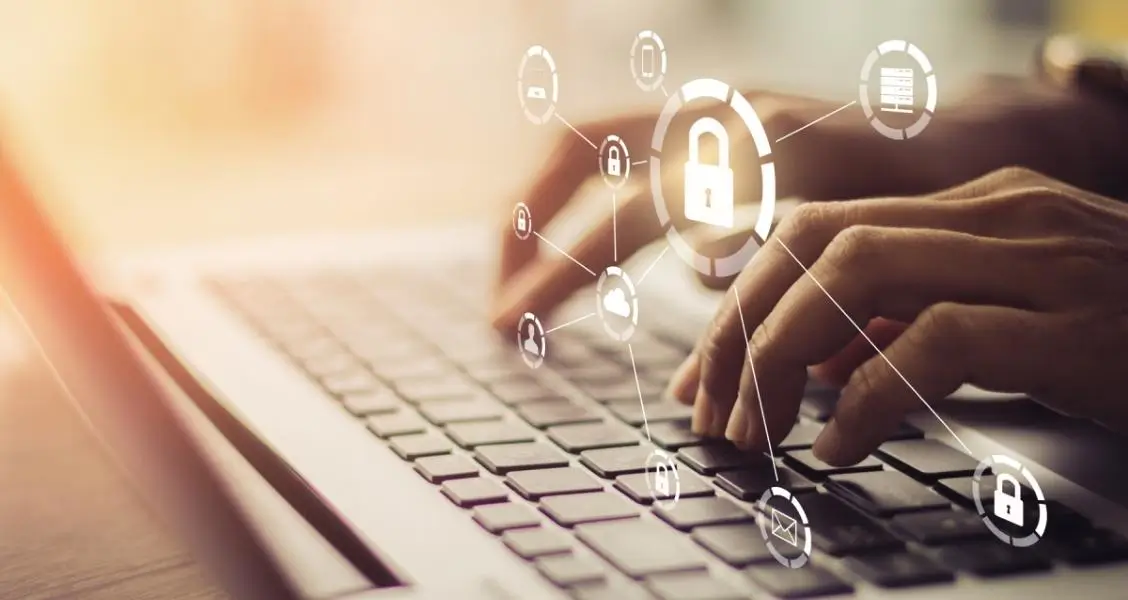With so many buzzwords floating around in the world of sales and marketing, it can be hard to keep track of what each new term and strategy entails. If you’ve caught wind of the hype around “sales enablement” and wondered if it’s a worthwhile investment for your business, you’re not alone.
Forbes has reported that reps who have a “targeted product education” sell up to 123% more than those with no training! With numbers like that, most businesses can’t afford to ignore sales enablement. What’s more, research indicates that implementing sales enablement strategies can lead to even more benefits, from improved alignment between your sales and marketing departments to greater sales readiness and even higher close rates.
If you’re curious about how sales enablement can help your team and boost your performance, then this in-depth guide sales enablement is for you. We’ll walk you through the basics of sales enablement, its key areas of influence, and how you can get started today.
What is sales enablement?
Let’s start this sales enablement guide with the definition of sales enablement. Sales enablement, like many business terms, is a way of referring to the process of training your sales reps.
Sales enablement is a catch-all strategy that encompasses multiple elements that can help a sales team improve their performance including training, coaching, courses, and even special events. It’s not enough to simply trust your reps to know what to do and leave them be. It’s important to check in, refresh their knowledge, and boost their skill sets, and that’s what sales enablement is all about.
The landscape is one where sales reps need to have some level of expertise.
Who should deploy a sales enablement program?
Sales enablement is truly for everyone — not just big companies with a substantial sales and marketing budget. Any company with a sales team can afford to benefit from some kind of sales enablement, which could be as simple as regular in-house training performed by its own leadership.
More specifically, though, sales enablement is owned by the sales and marketing departments. While sales management is responsible for making sure the program is put into practice, it’s often marketing that’s in charge of training the sales department.
Why is sales enablement important and what are some sales enablement benefits?
We’ve already touched briefly on the biggest potential benefit of sales enablement: increased sales! Better-trained salespeople who are more up-to-date on their products and the marketplace are more likely to sell. When reps sell, revenue goes up, and the company as a whole has reason to celebrate.
Sales enablement strategies can also increase productivity because training can help streamline processes and make teams more efficient. It can also lead to better retention rates, not just an increase in new customers. If the sales team can prove that they’re not just trustworthy, but hyper-knowledgeable, customers might not want to look elsewhere. Finally, a proper sales enablement program can lead to better company alignment as training brings teams together and helps unify messaging across the company as a whole.
5 elements crucial to successful sales enablement plans
Sales enablement training & coaching
Training and coaching are two of the most important aspects of sales enablement thanks to their myriad benefits. These areas of focus help build sales reps’ skills as well as refresh them. But it’s also a great way to help the sales team grow their performance and even their confidence.
There are a few different routes you can take for coaching. In-house coaches and trainers are great because they’re always on hand, they’re experts in your specific line of business, and they can mobilize on new trends and information quickly. That’s not always possible for some companies, though, which is when it makes sense to look for outside consultants or even classes the reps can take online or locally.
Regardless of which direction you take, we strongly recommend making an in-house sales enablement best practice guide and equipping every individual on your sales enablement team with it.
Sales enablement content
Your sales enablement content should be consistently refreshed so it’s always accurate and up-to-date. It typically falls into one of two categories: sales content and consumer-support content. The sales content is the materials used to help reps improve their selling skills. Meanwhile, consumer-support content is more about how to best engage with prospective customers.
While there is a little overlap between the two, a good sales enablement program needs both to properly train its employees. The consumer-focused content should be hyper-customized to your specific business because it’s part of the benefit only your company can offer. Use your insights and analysis to provide a benefit to consumers.
Sales enablement team structure
Defining and establishing a coherent sales enablement team structure may take a little time and effort, but it’s worth it to make sure you can hit the ground running. Creating a workable structure and thoughtful hierarchy will help create some order in the sales enablement program and make the entire process run more smoothly. Here’s a basic structure that many sales enablement programs follow:
- Manager: heads up the team and takes responsibility for implementing strategies that align with the company’s vision
- Developers: focus on working on software and user experience to assist the sales team
- Analysts: measure the success of the program’s outcomes and help explain why and how it fails or succeeds
- Marketing executives: target personas for developed technology and create sales messaging for the reps to adopt
Sales enablement technology & tools
Thankfully, there are plenty of tools that can help with sales enablement and streamline many of its processes. Customer-relationship managers (CRMs) like Salesforce and Hubspot can help track sales performance including where clients are in the sales cycle. Sales engagement platforms like Salesloft help maintain and manage communication between reps and clients, plus they often integrate well with CRMs. A microsite builder like Zoomforth can also come in handy for keeping brand communication robust!
Sales enablement program tracking & analytics
Tracking and maintaining solid analytics is important for every business, but when it comes to sales enablement this is how you can learn and optimize your sales enablement strategies and plans. It’s also why analysts are important to the structure. They’re the ones that can help make sense of the data you collect and help you and your team make informed decisions about your sales enablement processes in terms of what’s working and what isn’t.
The first stages of implementing a sales enablement strategy
Once a structure is put in place and the necessary tools are on-hand, it’s time to start implementing. But where do you start? We’ve got a few simple sales enablement tips that can get you going.
- Develop customer personas so you can target the right buyers and be more effective
- Take time to research and understand the buyer’s experience (i.e. What do they look for? How do they find the information they want?)
- Customize your content and sales communication to align with the customer personas you’ve developed
Also, because sales enablement involves so many different teams from sales to marketing to customer success, it’s important to spend time making sure all of them are aligned with the overall mission. Improving communication between your teams is just as important as communication between buyers and your company.
Kick off your sales enablement strategy with a custom microsite builder
Zoomforth is at the forefront of microsite creation and hosting and we’re one of the best ways you can get your sales enablement strategy off the ground. Every Zoomforth site has real-time analytics, giving you a wealth of data to study. This means you’ll be on your way to optimizing your campaign in a flash.
Not only that, but Zoomforth makes it easy to keep all of your pages on brand and there’s no limit to how many pages you can create! So you’ll never have to worry about running out of space. Don’t wait — request a demo today.



